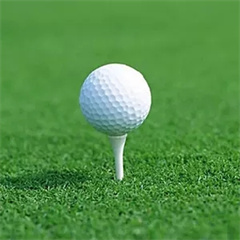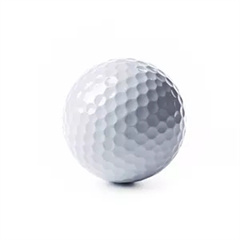The ultimate guide to golf gloves covers everything you need to know about this essential piece of golf equipment. Golf gloves provide grip, comfort, and protection to your hands while playing golf. They are a crucial component of your golfing gear and can significantly impact your performance on the course. In this comprehensive guide, we’ll explore the various aspects of golf gloves, including their purpose, types, sizing, care, and more.
1. Purpose of Golf Gloves:
- Grip Enhancement: Golf gloves are primarily designed to improve your grip on the club, ensuring a secure connection between your hands and the club handle.
- Protection: They protect your hands from blisters, calluses, and potential injuries caused by friction and vibration during the swing.
2. Types of Golf Gloves:
- Leather Gloves: These are the most common and traditional type. They provide an excellent grip and feel.
- Synthetic Gloves: Made from materials like synthetic leather or mesh, these gloves are often more affordable and durable.
- All-Weather Gloves: Designed to perform in various weather conditions, including rain and extreme heat.
- Cadet Gloves: These are designed for golfers with shorter fingers but larger palms.
3. Choosing the Right Size:
- Measure your hand’s circumference just below your knuckles.
- Consult the manufacturer’s sizing chart to find your glove size.
- The glove should fit snugly but not be too tight or loose.
4. Fitting and Wearing Golf Gloves:
- Ensure the glove fits your non-dominant hand (left hand for right-handed golfers, and vice versa).
- Pull the glove tight over your fingers and palm, leaving no wrinkles.
- The glove’s closure tab should be securely fastened.
5. Caring for Golf Gloves:
- After each round, remove your glove and allow it to air out.
- Avoid overexposing it to direct sunlight or extreme heat, as this can cause it to dry out and crack.
- Consider rotating between multiple gloves to extend their lifespan.
6. When to Replace Golf Gloves:
- Replace gloves when you notice signs of wear and tear, such as holes, worn-out areas, or loss of grip.
- Frequency of replacement varies depending on how often you play and the quality of the glove but typically ranges from a few rounds to several months.
7. Gloves for Different Weather Conditions:
- Rain Gloves: These are designed to maintain grip in wet conditions.
- Cold Weather Gloves: Provide insulation to keep your hands warm in chilly weather.
- Hot Weather Gloves: Made from breathable materials to prevent sweating and maintain grip.
8. Choosing the Right Glove for Your Swing:
- Golfers with a faster swing speed may prefer gloves with more tackiness and durability.
- Players with slower swing speeds might prioritize comfort and flexibility.
9. Glove Etiquette:
- Remove your glove when not hitting the ball, especially when putting.
- Keep your glove clean and free of debris.
10. Testing Gloves Before Purchase:
- Some golf stores may have a practice area where you can try out different gloves to see which one feels the most comfortable and provides the best grip.
Remember that finding the perfect golf glove may require some trial and error. Experiment with different types, sizes, and brands until you find the one that enhances your golf game and provides the most comfort and control. A well-fitted, quality golf glove can make a significant difference in your performance on the golf course.


















